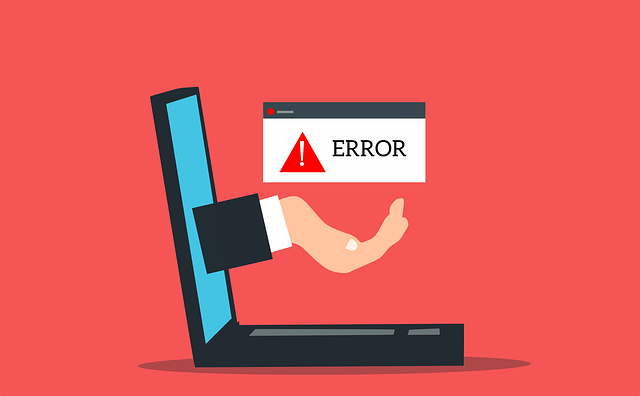If your computer’s fans are whirring and it seems to be running hotter than usual, you may want to check the Task Manager and see if “Windows Modules Installer Worker” is consuming an unusually large portion of your computer’s processing power and hard drive space. The TiWorker.exe file is a part of Microsoft Windows.
What is Windows Modules Installer Worker?

In Windows 10, you can use the Windows Modules Installer Worker to install and manage Windows Updates. You can see that it “licenses foundation, modification, and removal of Windows revives and non-compulsory components” by viewing its carrier depiction in Task Manager.
Read Also:
- Sprint.Com Activate
- Watch Food Network Com Activate
- Digital TV Tuner Device Registration Application
Since Windows Vista, the Installer Worker has been an official part of every iteration of Microsoft’s operating system. Its job is to update your PC and make other low-level structural adjustments without your knowledge or involvement.
Unfortunately, this also implies that it can occasionally consume a large amount of CPU resources without your knowledge, leading to even slower execution. If you have automatic updates enabled on your PC, Windows modules installer worker will launch whenever your PC detects a new update.
Why Is Windows Modules Installer Worker Using So Much CPU?
The Windows Modules Installer Worker process on Windows 10 seems to occasionally use a lot of CPU. The good news is that the operation will complete and cease using CPU and disk resources if you just let it run.
When the Windows modules installer worker process finishes, it will be removed from Task Manager’s list of active processes. The time it takes to complete depends on several factors, including the number of updates your computer has to install and the speed of its processor and storage.
How to Restore Windows Modules Installer Installer Worker High CPU troubles?
For anyone who have been using Windows 10 for any length of time, it should be clear what is wrong at this point. Microsoft has been unable to fix the Windows Update painting problem despite its best efforts.
A faulty replacement machine in Windows 10 can be identified by a number of symptoms, one of which is Windows Modules Installer Worker hogging a lot of CPU resources. By using Task Manager, you may easily determine if Windows Modules Installer Worker is the root cause of your CPU issues.
Click CPU at the very top to filter through processes. To intervene, observe how much CPU time it’s taking up and whether or not the process appears to be slowing down. Either Windows Update needs to be restarted or the folder it’s attempting to write to needs to be deleted.
Read Also:
Conclusion
TiWorker.exe, or the Windows Modules Installer Worker, is a background process that is integral to the Microsoft Windows operating system. It is used to (automatically) apply the latest Windows Update and to set up a few Microsoft-issued installation programs, as well as to repair or replace system files.
In addition, it will optimize your system on a regular basis based on the timetable you establish, including the deletion of temporary files, the management of system disk fragmentation, and the scanning of your disk for viruses.
After installing Windows 8 or when the system is first booting up, it will take a long time for the machine to start up and work normally. As soon as your computer establishes an online connection, this system utility will launch in the background to determine if there are any new versions of Windows or other software to install.
















